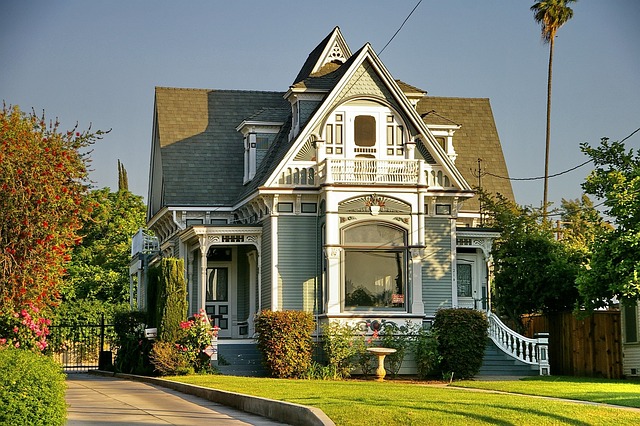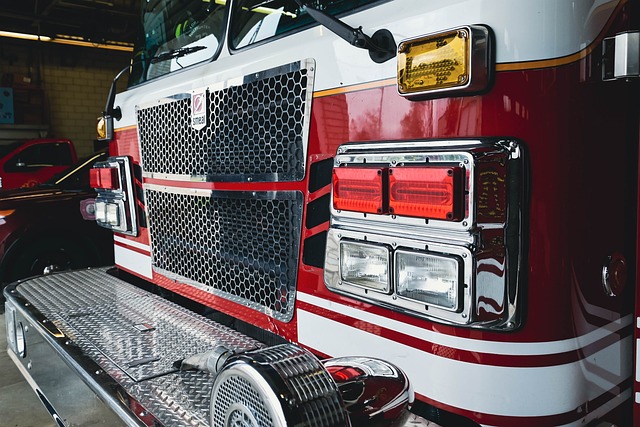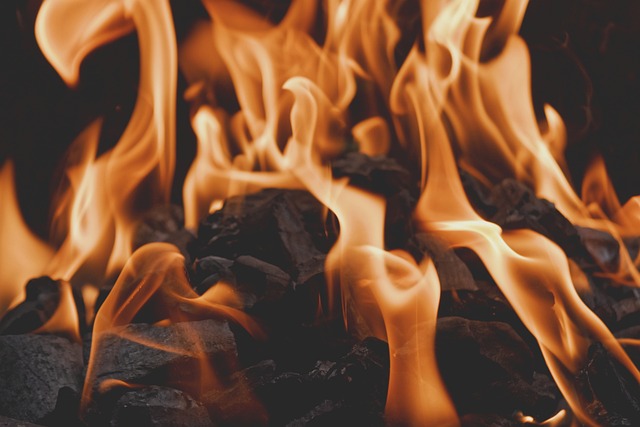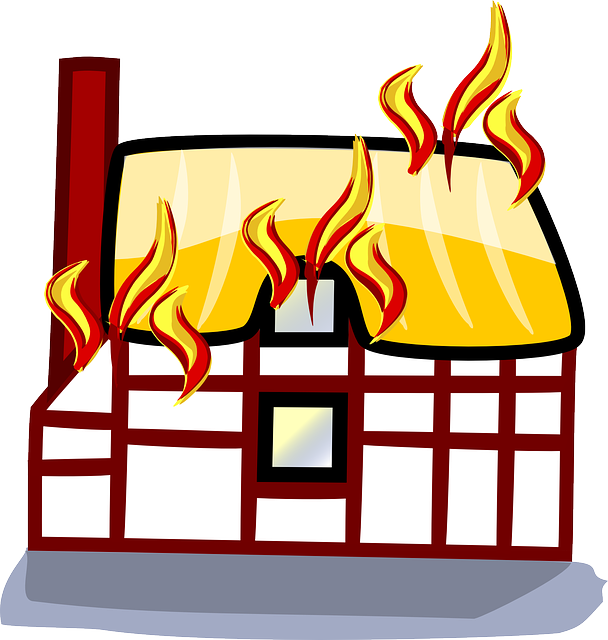House flipping in California, particularly in areas affected by wildfires, presents a unique opportunity due to high housing demand and diverse real estate landscape. Flippers target fire-damaged properties for quick flips, focusing on strategic renovations like structural repairs and value-added updates to maximize return on investment (ROI). Staying updated with local regulations and trends is crucial for legal compliance and profitability. Fire damage assessment skills are essential, involving expertise in structural integrity, environmental hazards, and health risks. Effective project management and collaboration with licensed professionals ensure swift, safe, and compliant renovations. Flippers must disclose any known damages or health hazards to avoid legal repercussions under California law, adhering to strict regulations and ethical practices for responsible market navigation.
“In the competitive California real estate market, house flipping has emerged as a specialized art. This article delves into the intricacies of this practice, focusing on the unique challenges and opportunities presented by the state’s dynamic market. From understanding fire damage assessment—a critical skill for identifying potential profits amidst destruction—to mastering renovation strategies for swift and profitable transformations, we explore the science behind successful flips. Furthermore, legal and ethical considerations are scrutinized to guide flippers through California’s regulatory landscape, ensuring compliance and integrity in the sell of fire-damaged properties.”
- Understanding House Flipping: The California Market Dynamics
- Fire Damage Assessment: A Specialized Skill Set
- Strategies for Efficient and Profitable Renovations
- Legal and Ethical Considerations for Flippers in California
Understanding House Flipping: The California Market Dynamics

House flipping, a practice that involves purchasing undervalued properties, renovating them, and then quickly reselling for a profit, is a dynamic market in California. The Golden State’s diverse real estate landscape offers unique opportunities, particularly with its high demand for housing. Flippers often target areas hit by natural disasters like wildfires, which can leave many homes in need of significant repairs. Selling fire-damaged houses in California presents both challenges and advantages. On one hand, the destruction can create a sense of urgency among buyers seeking to renovate and rebuild; on the other, extensive repairs may deter traditional homebuyers, making these properties more appealing to investors aiming for quick flips.
The market dynamics in California further complicate this scenario. With rapid urbanisation and ever-increasing property values, there’s a constant need for new housing stock. Flippers who can secure deals on fire-damaged homes and navigate the intricate process of repairs and resales can contribute significantly to meeting this demand. Moreover, California’s robust real estate market means flippers must stay updated with local regulations and trends to ensure their flips remain profitable and legally compliant, especially when dealing with properties that have sustained damage from natural hazards like wildfires.
Fire Damage Assessment: A Specialized Skill Set

Fire damage assessment is a specialized skill set required for house flipping specialists in California, where property values can be significantly impacted by such disasters. Beyond the initial visual inspection, assessing fire damage involves a deep understanding of structural integrity, environmental hazards, and potential health risks. Flippers must consider not just what’s visible, but also hidden impacts like charred walls, melted insulation, or contaminated water lines.
California’s diverse climate and frequent natural disasters mean that homes often face varying degrees of fire damage. Skilled flippers are adept at navigating the complexities of these situations, from identifying structural weaknesses to mitigating mold growth and asbestos risks. They work closely with licensed professionals to ensure safe demolition, renovation, and eventual reselling of the property, making them valuable assets in the competitive California real estate market.
Strategies for Efficient and Profitable Renovations

When it comes to flipping houses in California, especially those affected by sell fire damage, efficient and strategic renovations are key to success. The first step is a thorough assessment of the property’s needs. House flippers should identify both the structural repairs required after fire damage and any updates or improvements that can enhance the home’s value. This involves assessing the extent of the fire’s impact on the building’s integrity while keeping an eye on market trends to ensure the renovations align with current buyer preferences.
Prioritizing renovations based on return on investment (ROI) is crucial. Focus on projects that not only restore the property but also add significant value, such as kitchen and bathroom remodels, replacing old roofing, and improving accessibility. Efficient project management ensures that repairs are completed swiftly, minimizing holding costs. Additionally, working with experienced contractors who understand fire damage restoration can streamline the process, ensuring compliance with safety regulations and efficient use of resources.
Legal and Ethical Considerations for Flippers in California
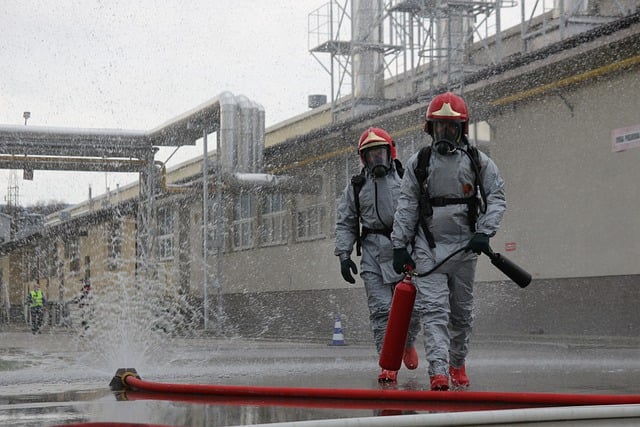
In California, house flippers face a unique set of legal and ethical considerations, especially when dealing with properties that have experienced sell fire damage. Flippers must navigate various regulations designed to protect both buyers and sellers, ensuring transparency and safety in real estate transactions. One crucial aspect is disclosing any known issues, including structural damages or potential health hazards resulting from fires. Failure to do so may lead to legal repercussions, as California law holds flippers accountable for accurately representing the property’s condition.
Additionally, ethical practices are essential to maintaining trust within the industry. Flippers should avoid misleading information and be transparent about any repairs or renovations, especially when it comes to fire-related work. Proper documentation of inspections, repairs, and certifications is vital to ensure compliance with building codes and fire safety standards. By adhering to these guidelines, California’s house flippers can navigate the market responsibly, protecting their business interests while prioritizing consumer protection.
House flipping in California, particularly after fire damage, requires a unique blend of expertise, from understanding market dynamics to navigating legalities. By mastering strategies for efficient renovations and prioritizing ethical practices, flippers can profitably restore homes while meeting the high demand in the Golden State’s real estate market. When it comes to selling fire-damaged properties in California, specialists are best equipped to turn challenges into opportunities.
